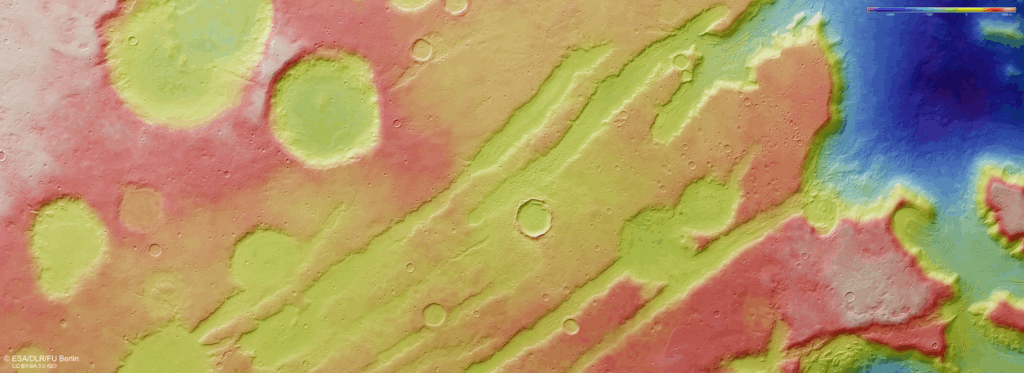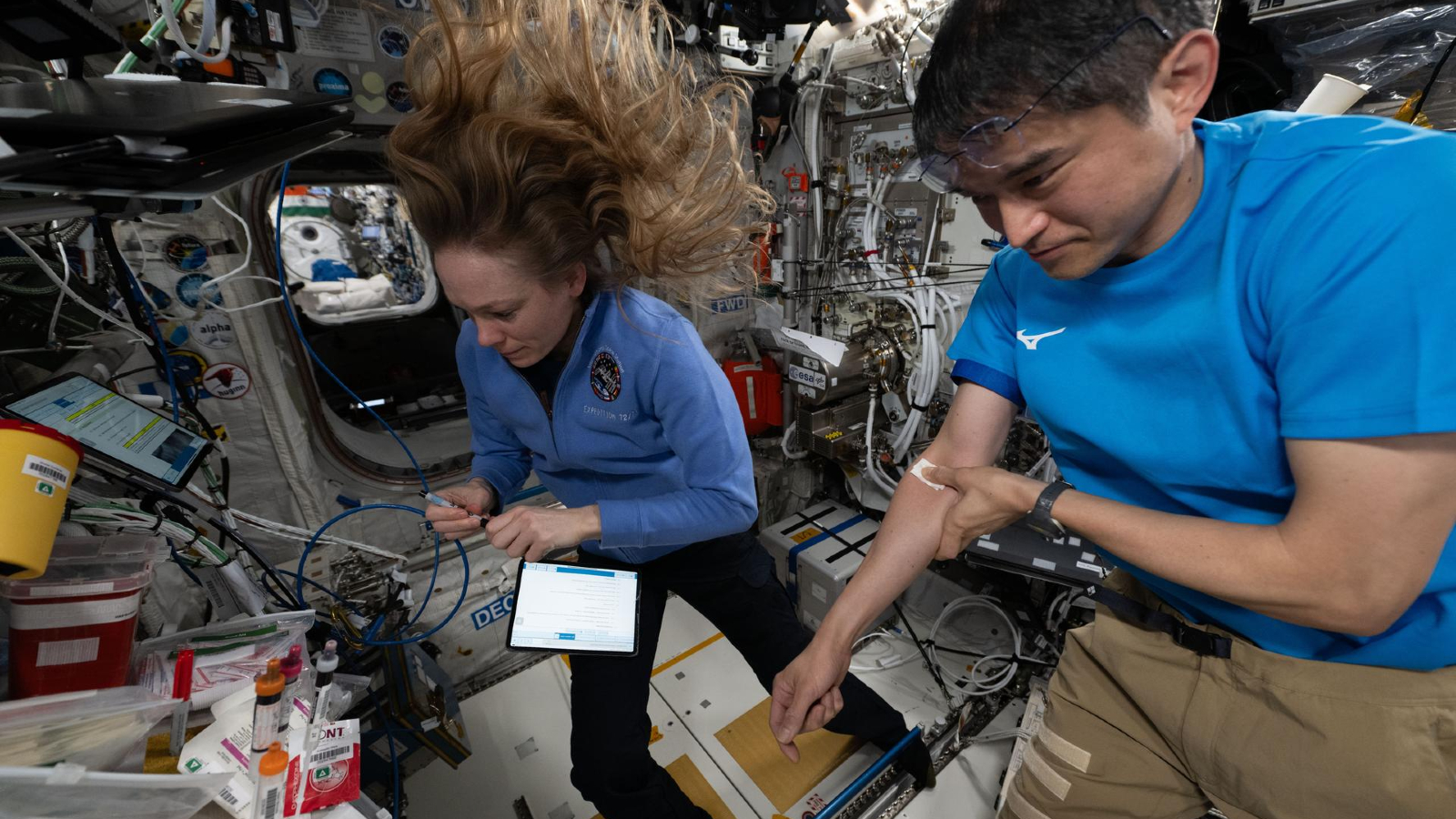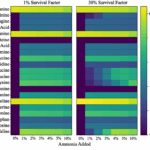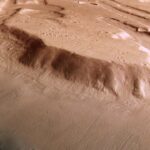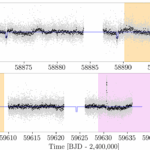Now Reading: What are these strange swirls around an infant star? ‘We may be watching a planet come into existence in real time’
-
01
What are these strange swirls around an infant star? ‘We may be watching a planet come into existence in real time’
What are these strange swirls around an infant star? ‘We may be watching a planet come into existence in real time’
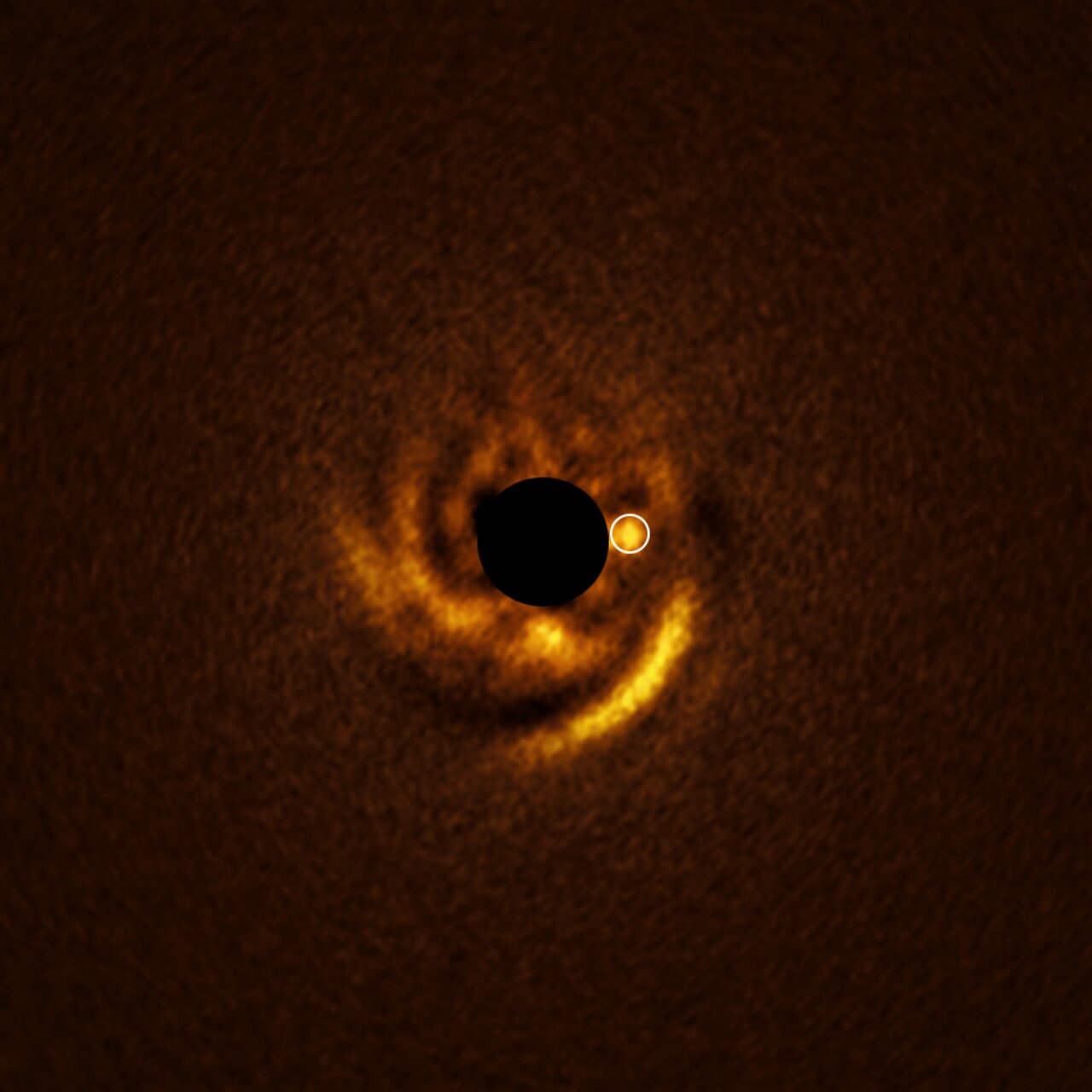
Astronomers have seen what appears to be a forming planet carving out a complex pattern in a disk of gas and dust around a young star. The discovery of this spiral architect could help us better understand how planetary systems like the solar system came to be.
The infant extrasolar planet, or “exoplanet,” is creating a spiral arm pattern in the planet-forming protoplanetary disk of the 10 million-year-old star HD 135344B, also known as SAO 206462, located in the Scorpius OB2-3 star-forming region. If 10 million years old doesn’t seem particularly young, remember the sun is considered middle-aged — and its around 4.6 billion years old.
The discovery of the potential planetary culprit for this swirling spiral pattern was made using the Very Large Telescope (VLT) and its Enhanced Resolution Imager and Spectrograph ERIS) instrument. It may represent the first time astronomers have witnessed a planet actively forming within a protoplanetary disk.
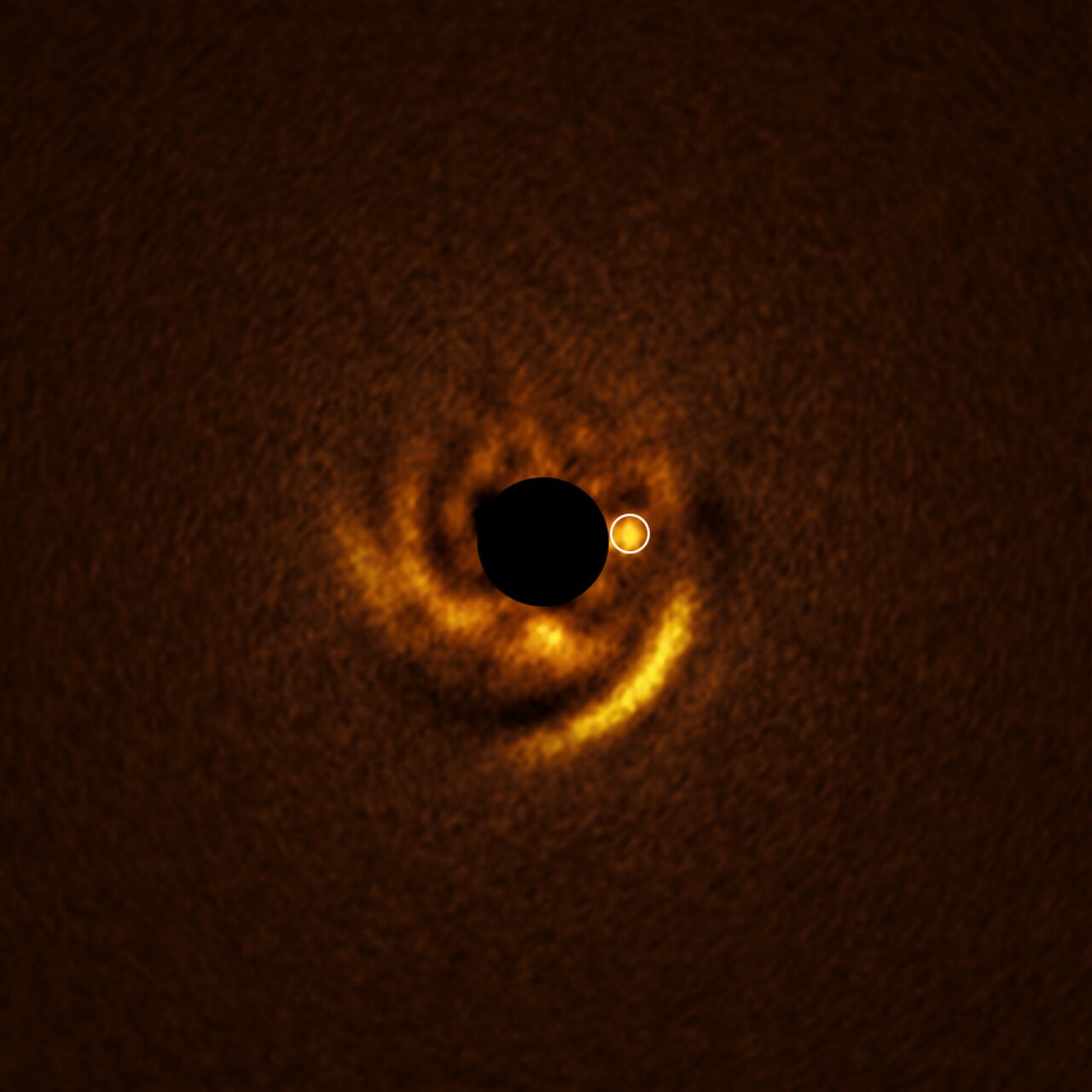
“We will never witness the formation of Earth, but here, around a young star 440 light-years away, we may be watching a planet come into existence in real time,” Francesco Maio, study team leader and a researcher at the University of Florence, said in a statement.
Maio and colleagues estimate this budding planet is around twice as large as Jupiter. It orbits HD 135344B at a similar distance to Neptune’s orbit around the sun. That’s about 30 times the distance between Earth and the sun.
And as this potential planet seems to carve channels into the protoplanetary disk of HD 135344B, it is gathering material to further facilitate its growth.
Baby exoplanet sweeps up stellar leftovers
Stars form from overly dense cool patches in vast clouds of interstellar gas and dust, which collapse under their own gravity. As these stars continue to grow, swirling clouds of gas and dust called protoplanetary disks settle around them. It is within this disk that planets will be born.
Astronomers predict that when this happens, these infant worlds sweep up material to build their own masses, creating intricate structures like rings and channels similar to the grooves in a record, and spirals resembling the spiral arms of the Milky Way. However, catching these exoplanet sculptors has been challenging.
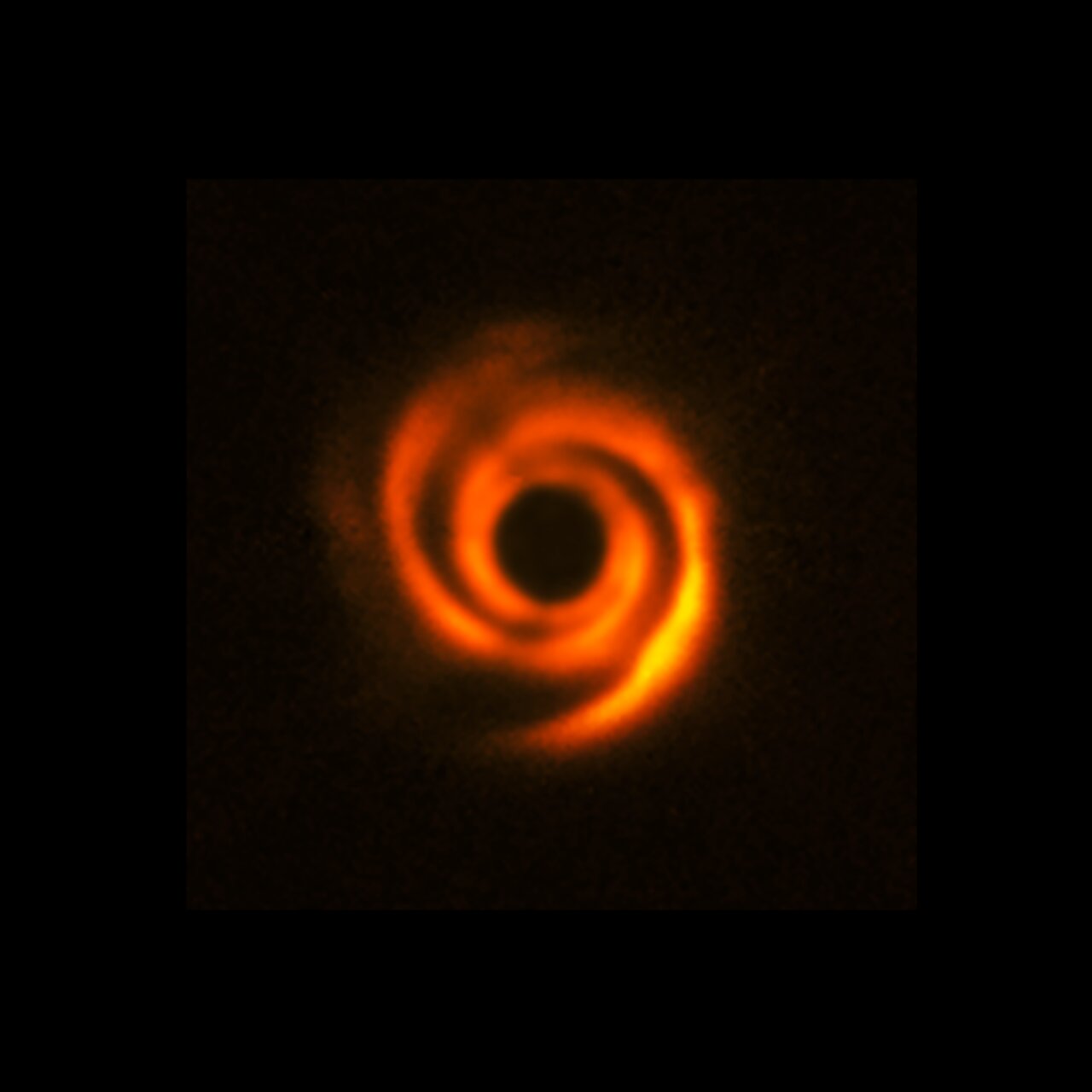
Exemplifying this is the fact that astronomers had previously detected the spiral structure of HD 135344B’s protoplanetary disk, using the VLT Spectro-Polarimetric High-contrast Exoplanet Research (SPHERE) instrument — but had missed evidence of a planet causing it.
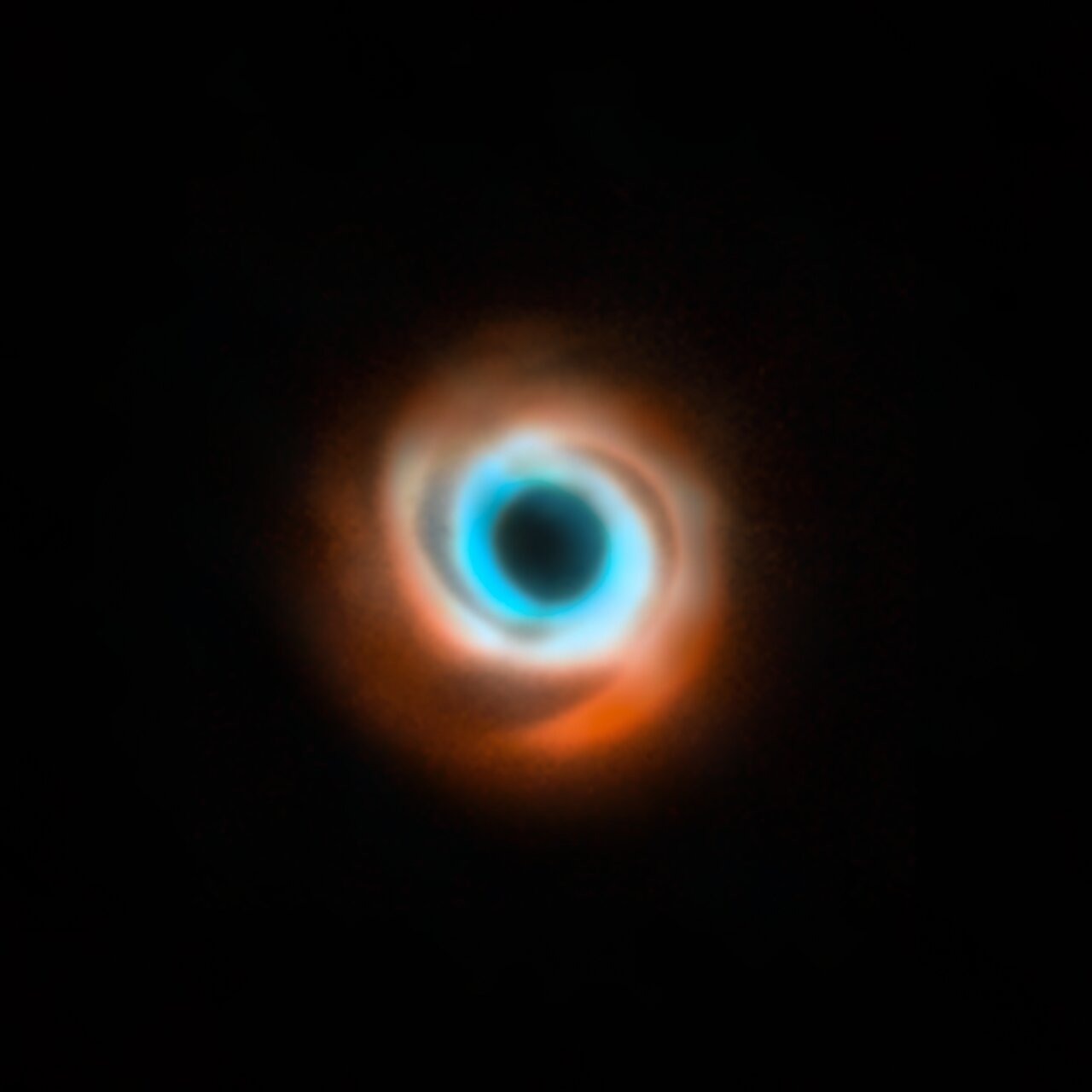
However, ERIS allowed the VLT and its operators to dive deeper into this protoplanetary disk, revealing a prime suspect for its shape: a hidden exoplanet sculptor.
This potential baby planet lurks at the base of one of the disk’s spiral arms. That is exactly where scientists have predicted such a spiral-sculpting infant planet should dwell.
Related Stories:
“What makes this detection potentially a turning point is that, unlike many previous observations, we are able to directly detect the signal of the protoplanet, which is still highly embedded in the disk,” Maio explained. “This gives us a much higher level of confidence in the planet’s existence, as we’re observing the planet’s own light.”
The team’s research was published on Monday (July 21) in the journal Astronomy & Astrophysics.
Stay Informed With the Latest & Most Important News
Previous Post
Next Post
-
 012024 in Review: Highlights from NASA in Silicon Valley
012024 in Review: Highlights from NASA in Silicon Valley -
 02Panasonic Leica Summilux DG 15mm f/1.7 ASPH review
02Panasonic Leica Summilux DG 15mm f/1.7 ASPH review -
 03How New NASA, India Earth Satellite NISAR Will See Earth
03How New NASA, India Earth Satellite NISAR Will See Earth -
 04And Thus Begins A New Year For Life On Earth
04And Thus Begins A New Year For Life On Earth -
 05Astronomy Activation Ambassadors: A New Era
05Astronomy Activation Ambassadors: A New Era -
06SpaceX launch surge helps set new global launch record in 2024
-
 07Space Force plans new ‘Futures Command’ amid pressure to speed up modernization
07Space Force plans new ‘Futures Command’ amid pressure to speed up modernization














